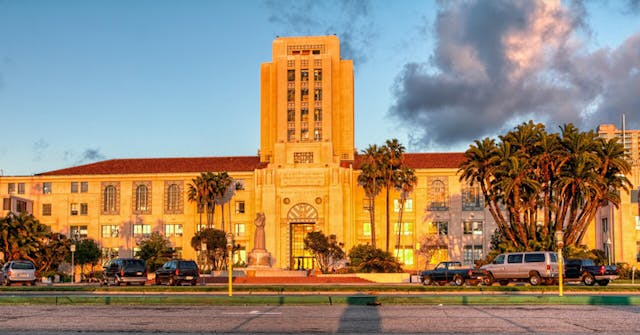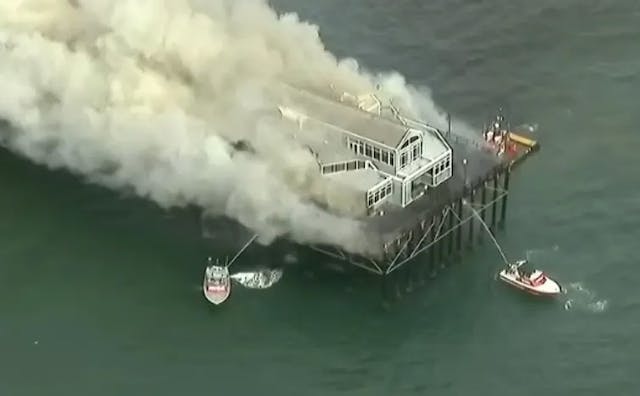Stimulus Leaves Bus Riders Out in the Cold
New America Media
By the time President Barack Obama announced the end of the Cash for Clunkers program last Thursday, Americans had turned in more than 457,000 polluting cars and trucks for nearly $3 billion in government cash.
The program was “successful beyond anybody’s imagination,” Obama said. “And we’re now slightly victims of success because the thing happened so quick, there was so much more demand than anybody expected, that dealers were overwhelmed with applications.”
Cash for Clunkers, a part of President Obama’s $787 billion stimulus package, provided rebates of up to $4,500 when people turned in their trucks and SUVs for fuel-efficient vehicles. The biggest clunker was the Ford Explorer, followed by the Ford F150 pickup and the Jeep Grand Cherokee. The top cars purchased were the Toyota Corolla, Honda Civic, and Ford Focus.
“This program has been a lifeline to the automobile industry, jump starting a major sector of the economy and putting people back to work,” Transportation Secretary Roy LaHood said in a statement. “At the same time, we’ve been able to take old, polluting cars off the road and help consumers purchase fuel efficient vehicles.”
But what about the millions of Americans who never owned a giant SUV to begin with? What about those of us who can’t afford a car or who have simply been doing our part for the environment by not driving everywhere we go? What about those of us who use public transit to get around?
The short answer is that we get almost nothing. The Obama administration reports only $8 billion (or approximately 1 percent) of federal stimulus money is going to public transportation.
As a result, across the country, urban transit agencies serving tens of millions of people are cutting back rather than expanding service, raising fares to record levels when the economic crisis means their passengers can least afford it.
According to a new report titled “Stranded at the Station” by the non-profit organization Transportation for America, budget cuts have forced nearly 90 percent of our nation’s transit agencies to either cut service or raise fares this year.
Phoenix and Las Vegas’ transit agencies both raised cash fares by 40 percent, while San Francisco and Boston increased theirs by a third. Dallas’ DART system and Seattle’s King County Metro system are charging 17 percent more.
In California the state Legislature eliminated funding for public transit, slicing $14 million from MTS’s budget, and in the last 18 months, MTS has raised fares three times while slashing bus frequencies and completely eliminating some bus routes.
Meanwhile, service cuts have ranged from humorous to dangerous. In Atlanta, officials at MARTA considered canceling all Friday service before backing down under public pressure. In Chicago, local officials tried to stave off cuts with higher real estate transfer and sales taxes, but that still wasn’t enough. So the CTA board transferred $128.6 million earmarked for station upgrades and new buses to its operating budget, making approximately 19 miles of Chicago’s “L” under “slow zone” restrictions, which require trains to slow to as little as 15 miles per hour due to rusty tracks and rotting ties. (The CTA also raised fares by 13 percent).
What’s so infuriating about this crisis – and the lack of national public attention to it – is that a far greater number of Americans depend on these transit systems than will ever benefit from Cash for Clunkers. Indeed, Chicago’s CTA alone has more than 1 million riders every day, more than double the total number of Americans who’s gotten government cash for their truck or SUV.
According to the American Public Transportation Association (APTA), a trade group of transit operators, more than 35 million Americans ride public transit every day. These Americans, who save the environment by riding the bus instead of buying a Prius, receive little from President Obama’s $787 billion stimulus package because the American Recovery and Reinvestment Act, like most federal funding of public transportation, specifically forbids the use of any money for operating expenses.
But there is some hope. Working with friendly lawmakers, APTA has inserted a provision in a bill that funds the wars in Iraq and Afghanistan that would allow public transit agencies to use up to 10 percent of their stimulus money for operating purposes.
More than $300 million in federal stimulus money will stream into San Diego County for transportation and transit in the coming months. And though the money was originally restricted for capital improvement projects, this amendment to the federal law governing its use will allow local transit authorities to divert 10 percent of their share for operations costs as their day-to-day funds dwindle.
For the Metropolitan Transit System, the law frees up $5.6 million that officials said will help alleviate the stress on its budget and stave off future cuts and rate hikes.
It’s not a solution, but it’s a start.






